Roof decking 101
April 9, 2025 at 12:00 p.m.By Brava Roof Tile.
Learn what a roof deck is and the crucial role it plays in the structural integrity of your home.
Editor’s note: Share this article with your clients to help them understand the design of their roof.
For many home and business owners, they may have never seen a roof deck. It sits beneath shingles or whatever roofing material has been chosen and is not visible on a day-to-day basis. But just because it’s not visible, doesn’t mean it’s not important.
The roof deck, which can also be called sheathing, is a layer that is installed over the framing of a roof. Typically made of wood boards, this deck creates a stable base to attach additional roofing materials, like shingles, to. It also plays an important role in helping your roof withstand a variety of weather conditions including harsh winds, heavy downpours and large snowpacks. In the rest of this article, the experts from Brava Roof Tile will dive deeper into roof decking and its role in the roofing assembly.
Is roof decking the same as underlayment?
You might have heard of roof decking referred to as roof underlayment, but they’re not quite the same thing.
Roof underlayment is a layer of material that lies over the decking to serve as a moisture barrier. The underlayment is usually made from synthetic materials, self-adhering membrane or asphalt felt.
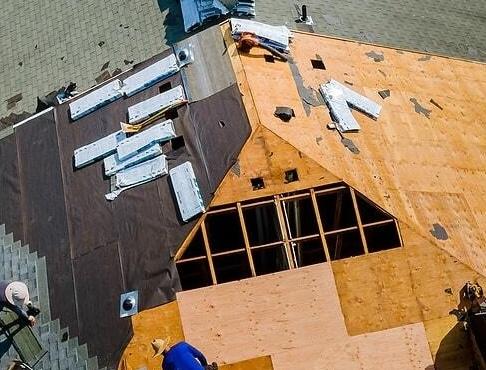
What does roof decking do?
Does your roof really need decking? It sure does! Without decking, your roof could collapse under the weight of shingles and other roofing materials.
In addition to serving as rock-solid structural support for roof materials, decking:
- Helps to distribute the weight of the roof more evenly
- Prevents roof components from collapsing or sagging under load
- Helps your home stay cozy during winter and cool in summer by serving as an extra layer of insulation
- Creates a barrier against moisture and wind
Types of roof decking
It may surprise you to know that there isn’t just one type of roof decking. You’ve got quite a few options, so let’s take a look at them next.
Plank decking
Plank decking comes in elongated, rectangular wooden boards like the ones you see at hardware stores. Roofers commonly used this type of decking before plywood took over. It’s not as common anymore, but some homes still use this type of decking.
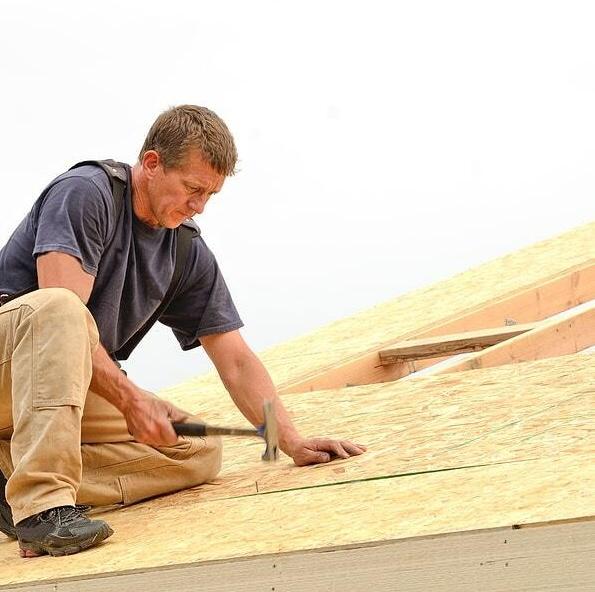
Plywood decking
Plywood is the most common type of decking used today. You’ll find two kinds of plywood decking: CDX or OSB. CDX plywood is similar to regular plywood, except that it’s rated for use as decking. “CDX” stands for “C-D Exposure 1,” which means that it has a C-grade front veneer and a D-grade veneer on the other side of the panel.
Roofers can cut and shape CDX plywood to fit any type of roof. Plus, it’s less resistant to rot than other types of decking. It’s also a budget-friendly pick that won’t strain your pocketbook.
OSB (oriented standard board) decking is made by gluing wood strands together, then arranging them in alternating layers to create a solid board. Unlike regular plywood, OSB decking doesn’t have weak spots that can cause sagging over time. OSB does hang onto moisture longer, which could lead to problems with rotting.
Metal decking
You won’t see metal decking used on most homes’ roofs. It’s more popular as decking in commercial buildings, like high-rise offices and stores. Metal decking usually consists of aluminum or steel. It’s ultra-durable and can stand up to fires without a problem.
How much does roof decking cost?
It’s tough to say exactly how much you’ll pay for roof deck construction. The cost depends on the material you want, as well as the roofing company you hire.
Let’s say you choose CDX plywood decking. Standard CDX plywood costs around $2 to $5 per square foot. If you’ve got a 2,000-square-foot house, you need about 60 sheets of plywood. In total, you’ll pay about $4,000 to $10,000. OSB plywood decking is slightly cheaper, and metal roof decking is more expensive than CDX plywood.
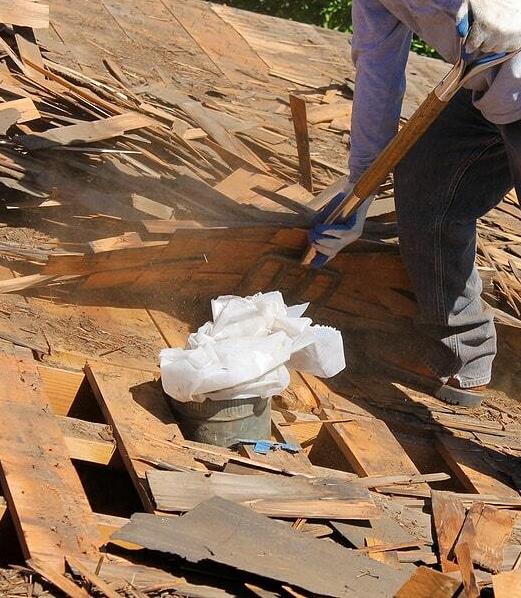
Is your roof decking in bad shape?
Roof decking has some protection from tiles or shingles, but even the toughest decking won’t last for an eternity. Signs that your decking has seen better days include:
- Shingles or tiles are tumbling off the roof
- You hear a “squish” when walking on the roof
- Your plywood substrate is splitting or cracking
- You notice water stains on the ceiling
- You spot mildew or mold growing on the roof
It’s possible to fix some roof issues (like loose shingles) yourself, but if you have mold growing on your walls or there’s water leaking through the ceiling, that’s definitely a job for an expert.
Original article and photo source: Brava Roof Tile
Learn more about Brava Roof Tile in their Coffee Shop directory or visit www.bravarooftile.com.
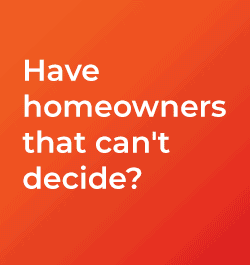


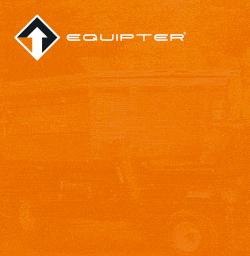



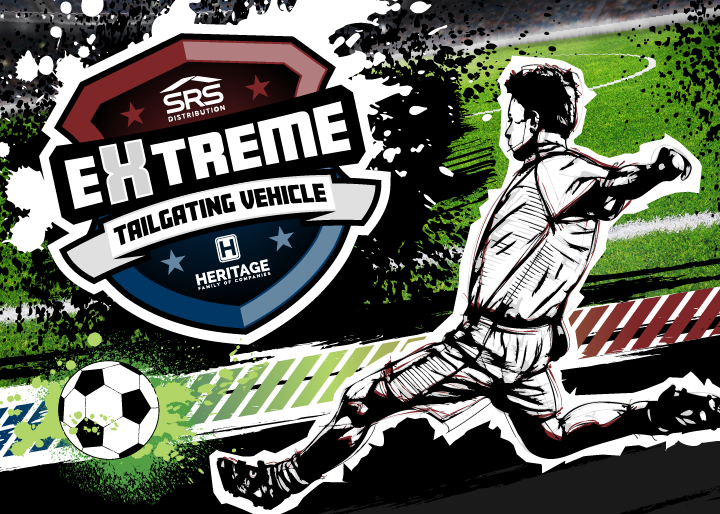
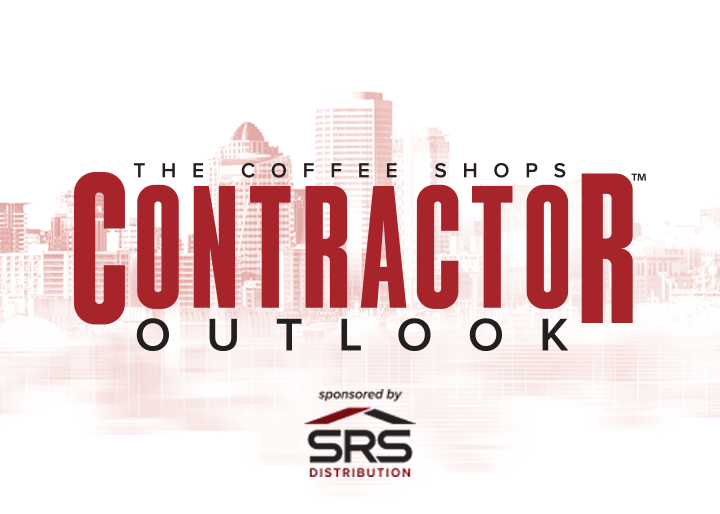


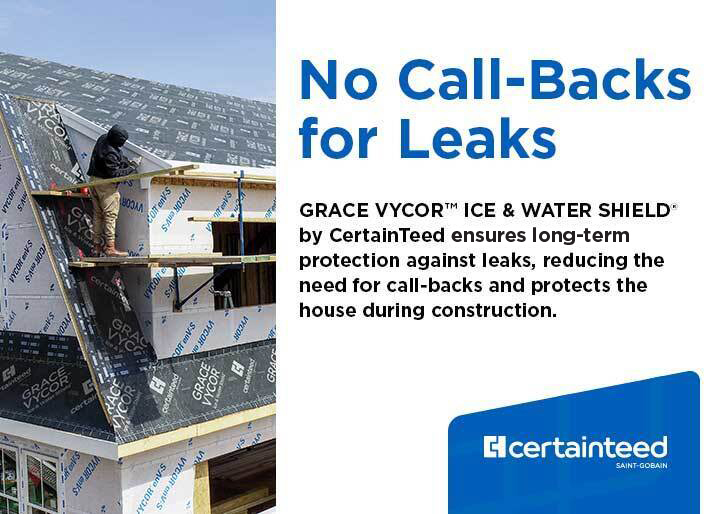

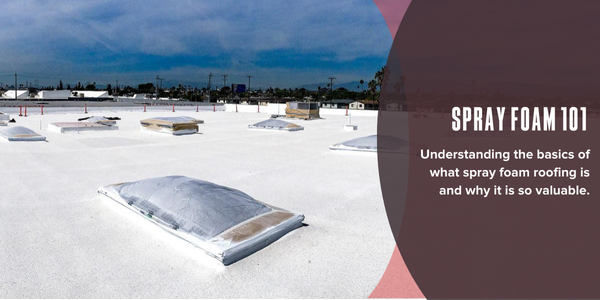





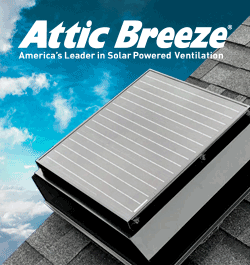

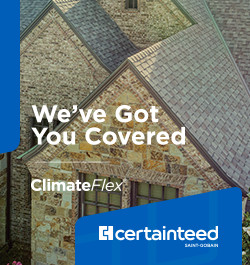

Comments
Leave a Reply
Have an account? Login to leave a comment!
Sign In